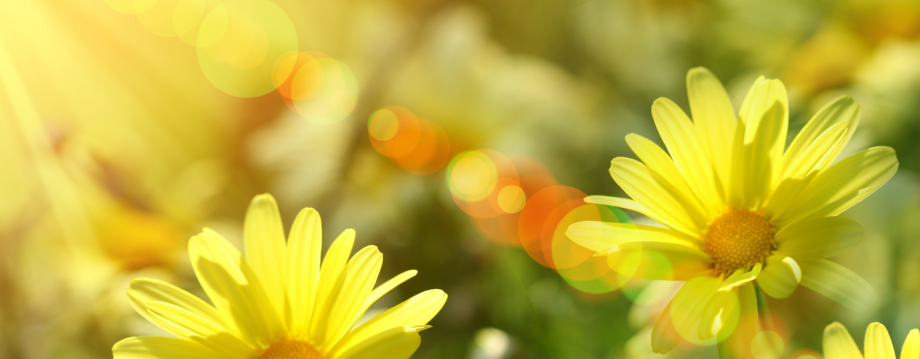Tropical Rain Forests
Tropical rainforests can be found in South and Central America, Africa, Asia, Australia, Mexico, Pacific Caribbean, and in the Indian Ocean islands. They have the latitudes of 28 degrees north or south of the equator. They also have the records of biodiversity in plants and animals. This to me sounds pretty amazing.
Its climate can be greater than 24 degrees Celsius, and it can rain from 200 up to 400 cm annually. Which means it is very humid. Their floor only receives 2% of sunlight, which means not much vegetation is in this area. It contains a canopy layer which is the primary layer of the forest forming a roof; it has the majority of the largest trees, which are typically 30-45 meters tall. There is also an understory layer which receives 5% of the sunlight, and lies between the canopy and forest floor. Its soil types are highly variable and poor in nutrients; still, there are areas that contain fertile soils.
They have received threats through mining and drilling, but the Reducing Emissions from Deforestation and Forest Degradation (REDD) has been made for companies and governments to outset their carbon emissions through financial investments into rainforest conservation. Even though, I believe more in private property. (See: Society’s Problems: Part II).
In conclusion, animals here face the challenge of competing with each other in search for food, and defending each other from predators. Its advantages are that animals are well adapted here, and if you don’t want to get any hotter from the climate, the canopy layer can protect you from the sun.
The Tundra
There are two types of tundra, the arctic tundra and the alpine tundra. It is count to be 20% of the world’s land surface. It is the coldest of all biomes, with frost-molded landscapes, extremely low temperatures; little precipitation, poor nutrients, short growing seasons, low biotic diversity, simple vegetation structure, limitation of drainage, its energy and nutrients have a form of dead organic material, and large population oscillations.
First let’s go to the Arctic Tundra. This one is located in the northern hemisphere, encircling the North Pole, and extending south to the coniferous forests of the taiga. As we know already, it is very cold, but also has desert-like conditions. This biome has a precipitation of 15-25 cm. including the melting snow. There are no deep root systems in the vegetation, still, it has a widely variety of plants which resist the cold climate. The animals are also diverse and they include lemmings, voles, caribou, arctic hares and squirrels, arctic foxes, wolves, polar bears, ravens, snow buntings, falcons, loons, cod, flatfish, salmon, and many more. The animals that live in this biome adapt to handle low temperatures, and breed and raise their young ones quickly in the summer. Many of them hibernate in the winter in search of food.
Now let’s to the Alpine Tundra, It is located on the mountains throughout the world at high altitude where trees don’t grow. There are approximately 180 days in the growing season, and at night the temperature is usually below freezing. This Tundra’s soil is well drained unlike the other one. Its plants are much similar than those in the Arctic Tundra, and its animals also adapt. In between its animals there are mountain goats, sheep, elk, beetles, grasshoppers, marmots, grouse like birds, and more.
In conclusion, animals living in the Tundra face climate, and food challenges. In accordance to the advantages, I believe it is very hard to find them, but I would say the Tundra was either made for these animals, or the animals were made for the Tundra.











Love this topic, all things geography 🙂
LikeLiked by 1 person
Thannk you Ana, I agree, I also like to hear about other places. 🙂
LikeLike
I love your structure and how you give a lot of interesting details!
LikeLiked by 1 person
Thank you! 😀
LikeLike
i just love greenery and topics about greenery. i am just 9 yrs man
LikeLiked by 1 person
That´s good to know 🙂
LikeLike
What is the same about the two?
LikeLiked by 1 person
I would say that both have their challenges in order for animals to survive, and both climates are a bit extreme… I hope this helps 🙂
LikeLike
hi im haley smith im doing that to and becuas of you i got a a plus thank a lot i ow it all to you.
LikeLiked by 1 person
I´m glad it helped 🙂
LikeLike